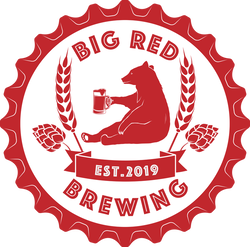Brew Log
A log of our brews, complete with our thought process behind each brew, the brewing process, challenges, and what we learned.
|
Concept For this brew, we wanted to highlight the contribution of yeast to the final beer. Here, we used a champagne yeast (LALVIN EC-1118), which was first isolated and validated by the Comité Interprofessionnel du Vin de Champagne (CIVC). EC1118 tolerates alcohol quite well (up to 18%) and ferments well over a wide temperature range. These characteristics fit well with our goal of producing a higher alcohol percentage beer and conducting the fermentation in a cooler environment for maximizing the aroma retention. This champagne yeast is quite competitive and gives good flocculation, which makes our fermentation more straightforward and yield high quality results. Ingredients
Method Utilizing wine yeast in brewing to increase alcohol of final beer and express wine-like aromas. Addition of frozen fruit to the wort prior to fermentation allows for more fermented fruit aromas to be present in the final beer. Use of canned pie filling supplies yeast with additional sugar in order to increase the alcohol of the final beer. Brew Day
Secondary
Bottling Day
2 Comments
|
ArchivesCategories |
